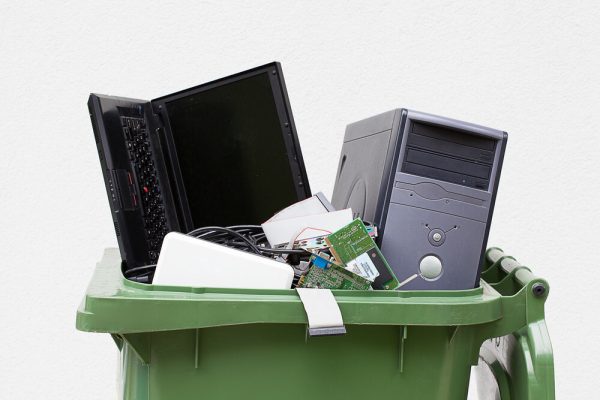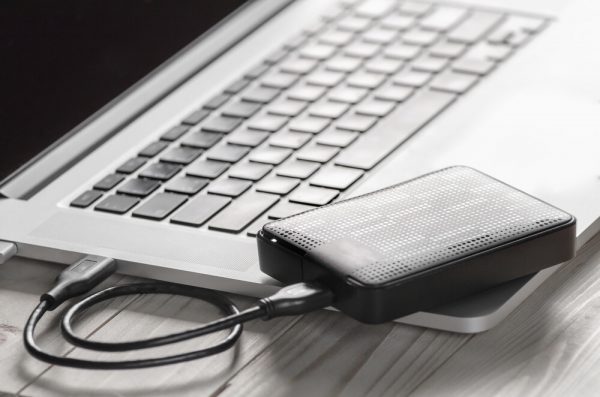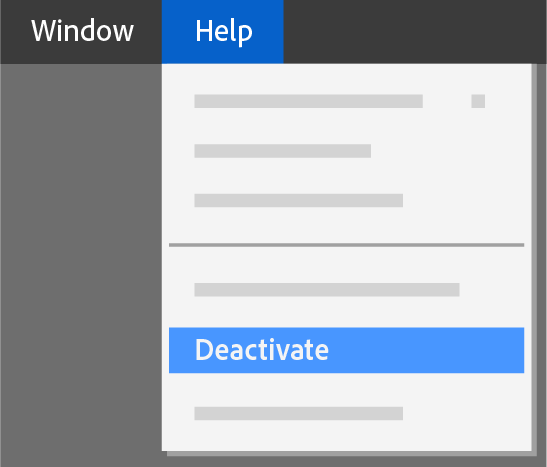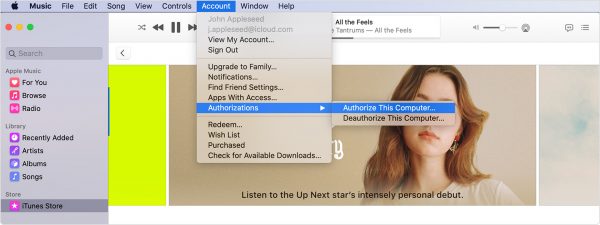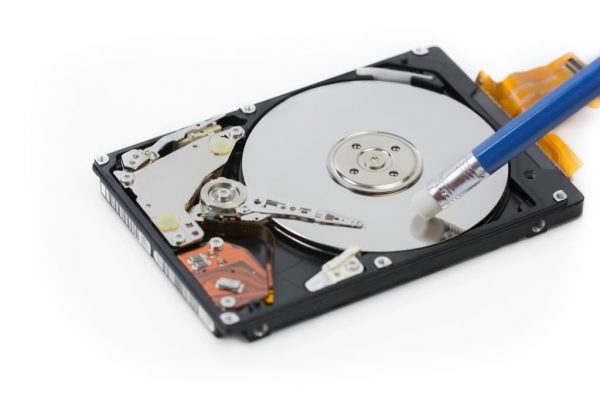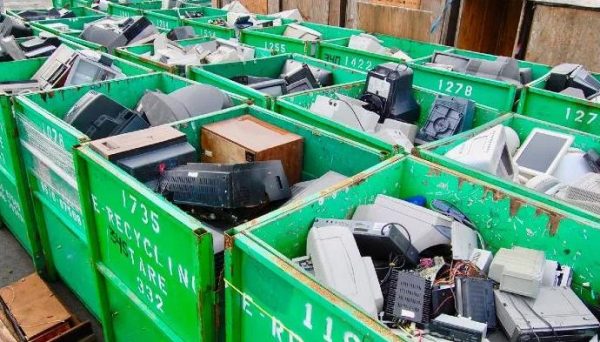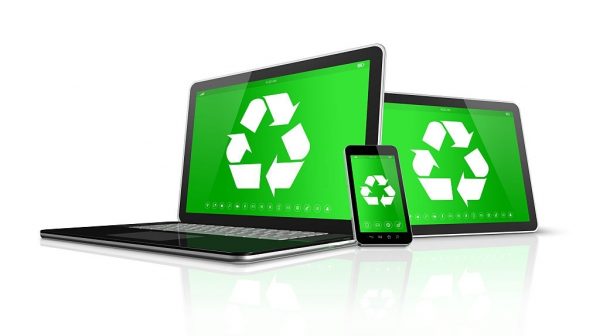Many businesses have policies regarding proper disposals of old desktops and laptops. Although it’s best to recycle, it’s also crucial to get rid of your laptop’s sensitive data before anything else. You need to ensure that you won’t throw off your old laptop immediately without deleting any retrievable data. When you’re done with your old laptop, make sure it’s also done with you. Even though it’s considered trash, anyone who has a charger can still open your old laptop and access your data. And it’s not just ordinary data that’s at risk. Your old laptop contains passwords, registration numbers/license keys, contact numbers, account numbers, and other sensitive data. With all these pieces of information, you don’t want your old laptop to fall into the wrong hands. If you don’t want your sensitive data from being compromised, here are all the must-know on how to dispose of your old laptop.
Why Can’t I Dispose Of My Laptop In a Bin?
In learning how to dispose of a laptop, understanding you should not dispose of it in a bin is very important. Throwing your laptop in the bin isn’t a good idea since it poses a serious threat to humans and the environment. Old gadgets, including laptops, fill up landfills and create a major problem. Old laptops contain toxic materials such as lead, flame retardants, chromium, and mercury. These toxins are associated with damages to the central nervous system, blood, and kidneys. This danger is why recycling old laptops is increasingly becoming crucial. Moreover, toxins can leak into landfills and even reach bodies of water when you throw your old laptop in the trash bin. They also vaporize into the air, resulting in more hazardous incidents such as landfill fires. It is the primary reason why many states have begun shifting their focus on preventing toxins from leaking into landfills and creating further damage to the environment. Due to these hazards posed by poorly disposed of laptops, governments are implementing the ban on disposing of electronic devices or putting them in the trash bin. As a result, the best solution to these environmental concerns is recycling. It is because proper disposal of electronic gadgets such as old laptops ensure that harmful substances don’t leak into the environment.
What to Take Note When Recycling an Old Laptop?
The parts within old laptops aren’t entirely considered as garbage or trash. However, what we need to avoid is the possibility of toxic substances from these old devices leaking from landfills and reaching groundwater. Since the amount of old electronics being disposed of is accelerating, recycling e-waste is extremely important. Recycling electronic devices are highly recommended for many reasons. The rate of the shortened product lifecycle for the electronics and consumer electronics industry is growing rapidly. Responsible solid waste management is beneficial to the environment as it will limit the damage we cause. Before disposing of old laptops, evaluate whether it’s still functional. If it’s not more than five years old, someone can still make use of it. Newer models can go to libraries or non-profit organizations after being repaired. When you bring the old laptop, please take note of all the accompanying devices or software that come with it. Chances are, refurbishers can reuse all of these. The most important thing is to wipe your old laptop’s data as well as other sensitive information. Lastly, donating old laptops can potentially offer you a tax break. That said, keep track of everything that you’ve donated. If you need more information, you can visit the Legal Information Institute regarding gifts and charitable contributions. Sage is also a site worth visiting.
How to Dispose Of an Old Laptop
Backup Data
Before learning how to dispose of a laptop, you should back up your data first. You can create copies of your data on external hard drives so that you don’t lose any important and sensitive documents saved in your computer. Prices of electronic devices are getting cheaper due to competition and other alternative methods. As a result, you can purchase great external SSD and HDD drives at reasonable prices. With bigger storage capacities ranging from 1 TB to 2 TB, you can easily save important files on one of these drives. On the contrary, if you prefer a more convenient way of backing up your files, you can opt for cloud storage services such as OneDrive, Google Drive, and DropBox. Depending on the number of files, you can purchase premium subscriptions from respective cloud storage services. If you only require a lesser storage capacity, then the basic subscriptions work fine. With OneDrive, you have 5 GB of free storage. For OneDrive’s bigger storage, you can purchase 100GB worth of storage for $1.99 per month, 1 TB for a single subscription for $69.99/year, and 6 TB for $99.99/year. Both 1 TB and 6 TB subscriptions include an Office365 subscription for one user and six users, respectively. Google Drive also provides you with 15GB free storage, with the option to upgrade to a bigger storage capacity for a price. After syncing all your files in the cloud, you can conveniently transfer them to your new laptop or access them anywhere for as long as you’re connected to the internet. Backing up in the cloud is a little handier since you can easily restore files in case your computer dies unexpectedly. You can also access your files even when you’re traveling and access them from a different device.
Deauthorize Software and Programs
Computer applications such as iTunes, Adobe Creative, and Office365 limit the number of registered users and devices associated with a valid subscription. Therefore, ensure to deauthorize your accounts and other services from your old laptop before uninstalling them. Although some apps such as Adobe allow the installation on two registered devices, there’s no point in retaining your account in an old laptop that you’ll eventually recycle. To deactivate the Adobe app from your old laptop, follow these steps: To deactivate iTunes from your old laptop, here are the steps:
Clean and Reset Your Hard Drive
Cleaning/wiping all your data isn’t just dragging them to the Recycle Bin or Trash. Before recycling your old laptop, make sure you have completely erased or wiped off all its hard drive permanently. To make sure that no sensitive data can be compromised by thieves, here are some of the recommendations:
Erase All Files
As mentioned, deleting them from the Trash or Recycle Bin isn’t enough. Your files are deleted from the structure. However, they can still be retrieved from the hard drive until they are entirely wiped off.
Uninstall and Unlink All Apps
Most apps automatically sync with cloud storage platforms. It is a great advantage in there’s something unexpected happens to your laptop. However, you can’t retain these apps from your computer, especially if it connects to your account.
Clear Browser Cache/History
It’s not just about your browser history. Most of us automatically save passwords, data, and other credentials on our web browsers to access our online accounts quicker and more conveniently.
Restore To Factory Settings
Once you’ve completed the processes, restore your old laptop to its default factory settings. You can also wipe all data using a hard drive disk cleaner, overwriting the deleted files. Some apps will overwrite your old data once, but some programs overwrite multiple times for a more secure cleanup. Alternatively, you can erase the hard disk and current OS and reinstall using the installation disk, if available.
Compartmentalize Laptop Parts to Recycle
At this point, you now have a clean laptop. You can’t just recycle your old laptop alone. You should also consider other peripherals and laptop parts. In case you didn’t know, you can recycle peripherals such as a mouse, external webcam, external keyboard, and speakers. As mentioned, refurbishers can repackage all of them or sell separately. They don’t require any software updates. If they are still working normally, you can donate them to others or reuse them with your newer laptop. For laptops with removable batteries, you can also send them over to an electronics recycling company. They also accept rechargeable batteries for recycling. If possible, you should remove the battery from your old laptop and pack it securely and separately. With most laptops utilizing lithium batteries, they need specific safety guidelines before they can be delivered for recycling. Here are prerequisite steps for safe delivery of your laptop’s battery:
Prevent short-circuiting during transport, tape the battery terminals. Put the battery in a secure container to prevent contact with other metals. If your laptop doesn’t have a removable battery, ensure that the package is with pad to avoid accidental activation and damage.
Where to Dispose and Recycle Your Laptop
Refurbisher or Registered Recycling Company
One of the steps on how to dispose of a laptop is to determine whether where to dispose it. You can recycle old laptops by bringing them over to a reputable refurbisher or electronics recycling company. They can either refurbish them or dispose of in an environmentally-safe method. As mentioned, there are many recycling companies and refurbishes that accept old laptops for recycling. For example, Microsoft has a global end-of-life program, partnering recycling organizations for facilitating old packaging, batteries, and other devices. If you’re interested in finding a registered Microsoft refurbisher, you can visit the Microsoft directory site. If your old laptop is no longer in good condition to donate, recycling is the key. For a more convenient search, you can navigate to Earth911’s website for recycling drop-off sites. From the site, you can input your ZIP code and locate the nearest drop off location.
Laptop Manufacturer
Alternatively, you can check with your laptop’s manufacturer if they’re accepting old laptops for recycling. One example of this recycling program is Dell Reconnect, a Goodwill technology recycling initiative of Dell itselfthat accepts broken and old laptops for recycling. The majority of manufacturers take their own devices. As a result, each manufacturer has its own return or recycling programs. Depending on your laptop’s manufacturer, you can visit the Asus, Samsung, Apple, Dell, and HP recycling program sites if you have an old laptop for recycling.
Electronic Recyclers
You can also find recyclers in your current state. Chances are, there are non-profit organizations within your state that handle the recycling of old devices. For example, Bay Area citizens don’t need to look further as they can take advantage of GreenCitizen’s free laptop recycling services. The organization offers pickup, drop off, and IT Asset Disposition for both home and business. On the contrary, Denver residents can check with the state government’s site to access its recycling directory. Another thing to consider is ensuring your old laptop is handled by trustworthy people and is compliant with the EPA’s Certified Electronics Recyclers standards. You can research a prospective recycler or refurbisher and double-check their reputation.
Conclusion
When your old laptop shows signs of deterioration, you can trade it in, donate it, or sell it. However, the safest and most environment-friendly way of disposing an old laptop is to recycle it by a reputable electronics recycling company. If you want to be an advocate for the environment, learning how to dispose of a laptop or any other electronic gadget can be a great help in taking good care of our environment. You can share this guide with someone who might need it in the future. Do you have any suggestions on how to dispose of a laptop? If yes, we’d love to hear your thoughts in the comments below!
